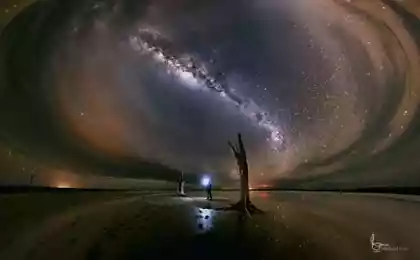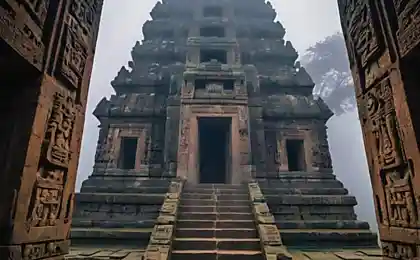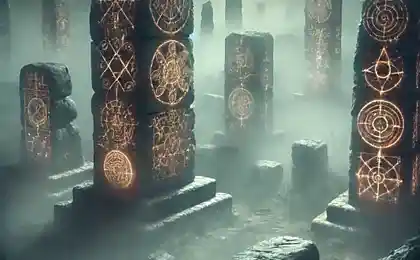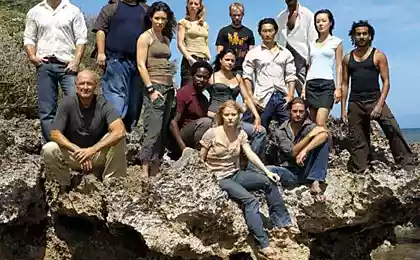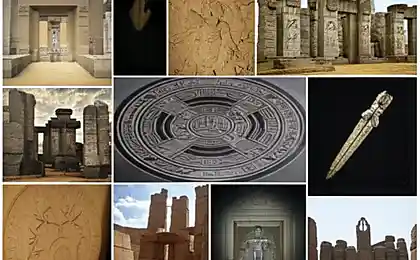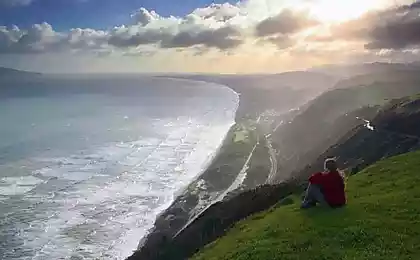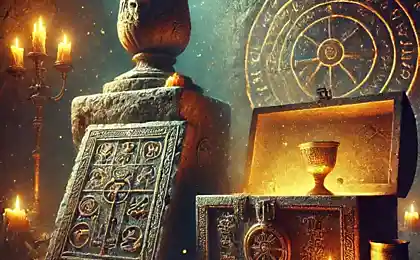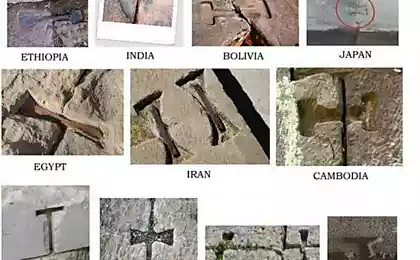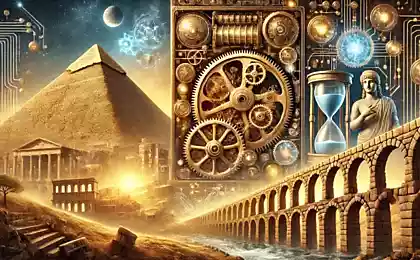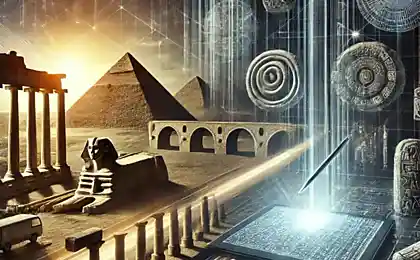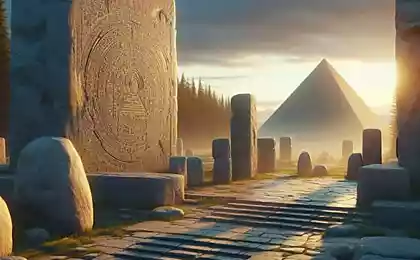296
Mysteries of ancient civilizations: what we still can not explain
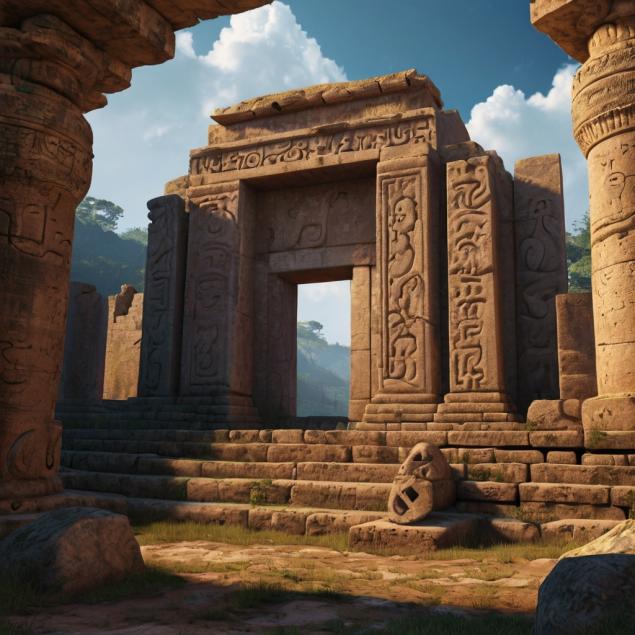
Introduction: Secrets that challenge science
Ancient civilizations left behind not only majestic monuments, but also many mysteries that still defy explanation. How were the pyramids built? What was Stonehenge created for? Who carved the Nazca lines? These questions continue to excite the minds of scientists and history buffs. In this article we will look at the most mysterious secrets of ancient civilizations that remain unsolved even in the XXI century.
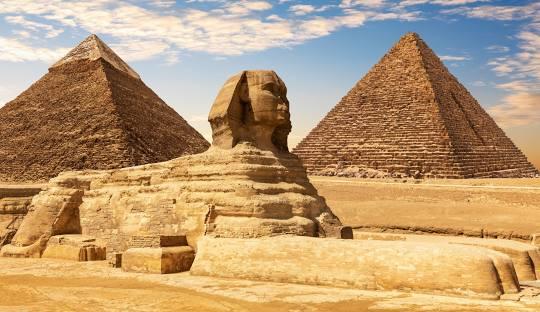
1. The Pyramids of Giza: The Miracle of Engineering
The pyramids of Giza, especially the Great Pyramid of Cheops, are one of the seven wonders of the world. But how did the ancient Egyptians build such structures without modern technology? The weight of each unit reaches 2.5 tons, and the accuracy of their laying amazes even modern engineers.
Interesting fact: The pyramids are aligned to the cardinal points with an accuracy of 0.15 degrees.
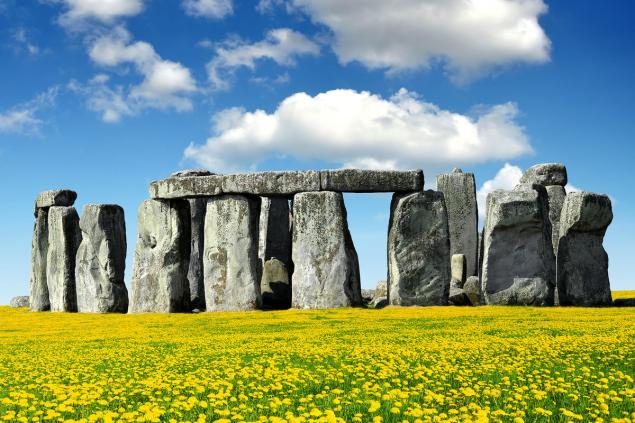
2. Stonehenge: A stone mystery
Stonehenge is a megalithic structure in England, whose age is estimated at 5000 years. Its purpose is still a mystery. Was it an observatory, a temple, or a burial place? How were ancient people able to transport and install such massive stones?
Interesting fact: Some stones of Stonehenge were brought from Wales, which is 200 km from the site.

3. Nazca Lines: Giant drawings in the desert
The Nazca lines are giant geoglyphs carved into a plateau in Peru. They are hundreds of feet tall and can only be seen from the air. Who created these drawings and why? Some scientists suggest that these were astronomical calendars, but there is no exact answer.
Interesting fact: The Nazca lines include images of animals, plants and geometric figures.
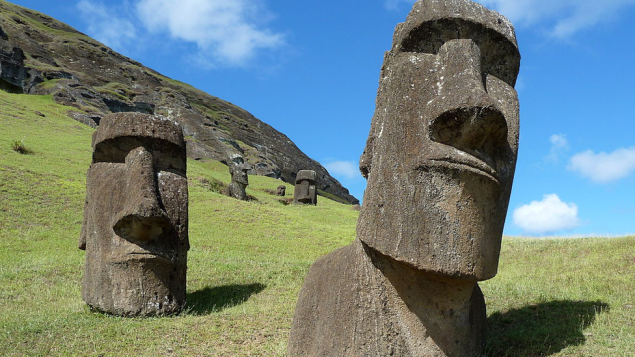
4. Easter Island Moai: Stone Idols
Moai are giant stone statues on Easter Island. Their weight reaches 80 tons, and the height is 10 meters. How were the ancient inhabitants of the island able to carve, transport and install these statues? And what did they symbolize?
Interesting fact: Some statues have "caps" made of red stone, which was mined elsewhere on the island.
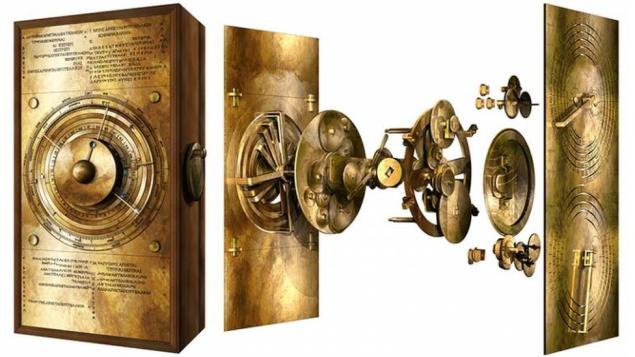
5. The Antikythera Mechanism: An Ancient Computer?
The Antikythera mechanism was discovered in 1901 on a sunken ship off the coast of Greece. This device, created around 100 BC, was used to calculate the motion of celestial bodies. How did the ancient Greeks create such a complex machine?
Interesting fact: The mechanism contained more than 30 bronze gears.
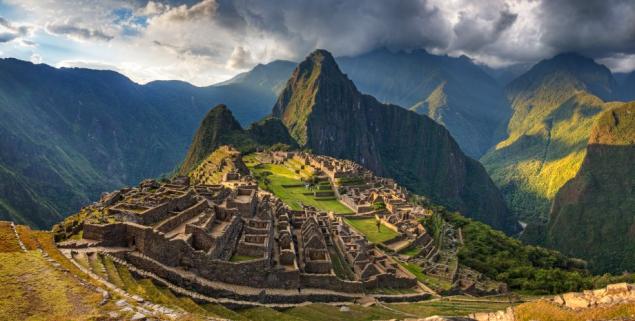
6. Machu Picchu: The Lost City of the Incas
Machu Picchu is an ancient Inca city located high in the mountains of Peru. How did the Incas build such a city at an altitude of 2,430 meters? And why was he abandoned?
Interesting fact: The city was discovered only in 1911 by American archaeologist Hiram Bingham.
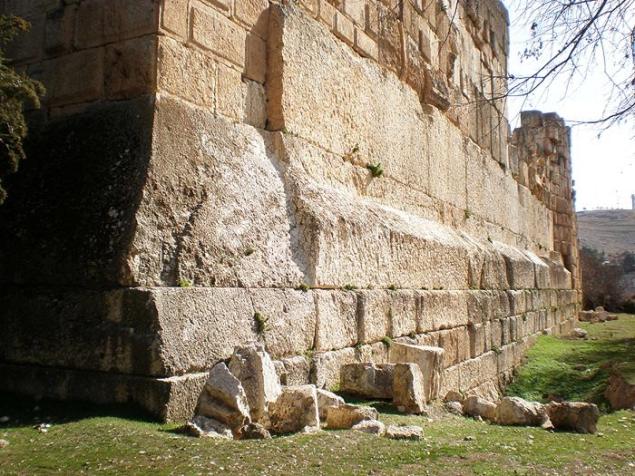
7. Baalbek: Giant stones
In Lebanon is the ancient city of Baalbek, known for its giant stone blocks. Some of them weigh more than 800 tons. How were ancient builders able to move such massive stones?
Interesting fact: Baalbek was an important religious center in the Roman era.
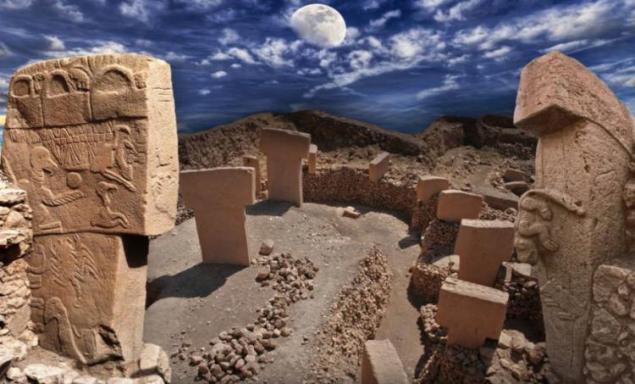
8. Göbekli Tepe: The First Temple?
Göbekli Tepe is an ancient structure in Turkey estimated to be 12,000 years old. It is considered one of the oldest temples in the world. Who built it and why?
Interesting fact: Göbekli Tepe was covered with earth and was not discovered until 1994.
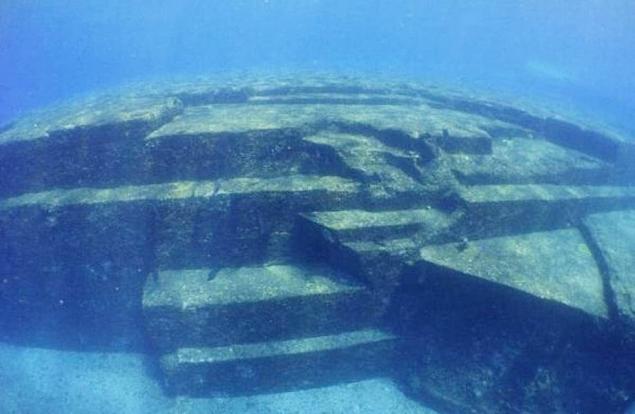
9. Underwater city of Yonaguni: Natural or man-made?
Off the coast of Japan there is an underwater complex Yonaguni, which some consider a man-made structure. However, scientists still debate whether this is a natural formation or the creation of ancient people.
Interesting fact: The complex was discovered in 1986 by a diver.
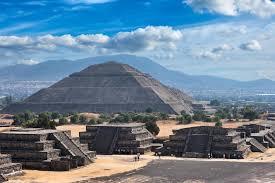
10. Teotihuacan: City of the Gods
Teotihuacan is an ancient city in Mexico known for its pyramids of the Sun and Moon. Who built this city and why was it abandoned? The city’s name translates as “the place where people become gods.”
Interesting fact: Teotihuacan was one of the largest cities of its time.
Conclusion: Secrets that inspire
The mysteries of ancient civilizations remind us how much we still don’t know about our past. These mysteries not only challenge science, but also inspire new discoveries. Perhaps one day we will find answers to these questions, but for now they remain a reminder of how amazing and mysterious the history of mankind.
Investigate, ask questions, and don’t be afraid to look for answers. This is how we approach the greatest mysteries of the past.
10 unusual places on Earth that look like another planet
How to stop putting things off for later: 5 proven methods
